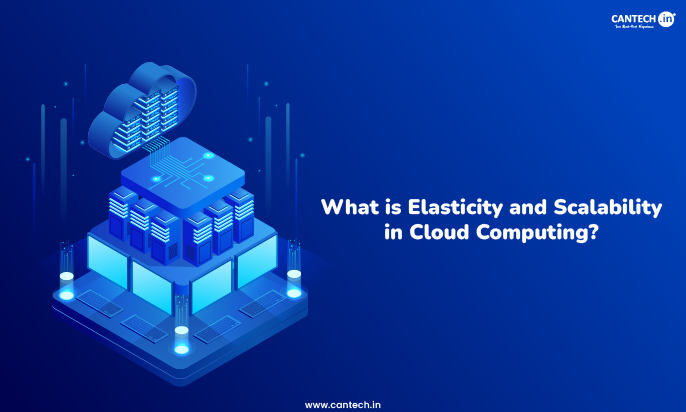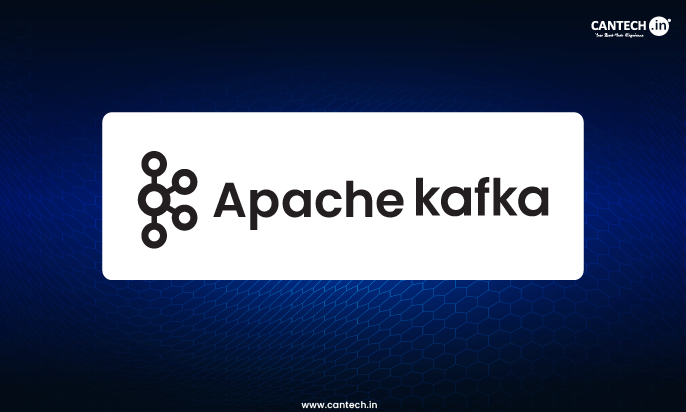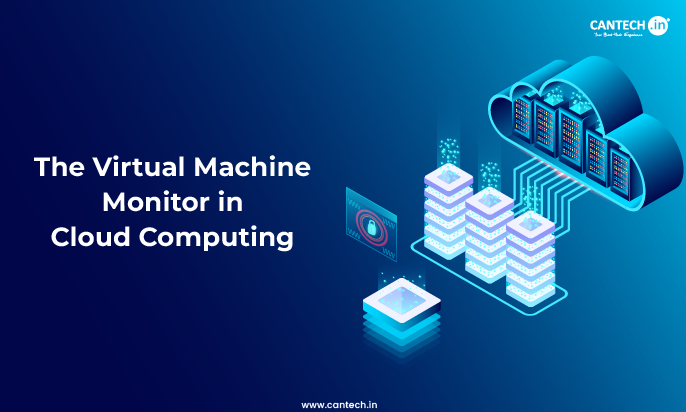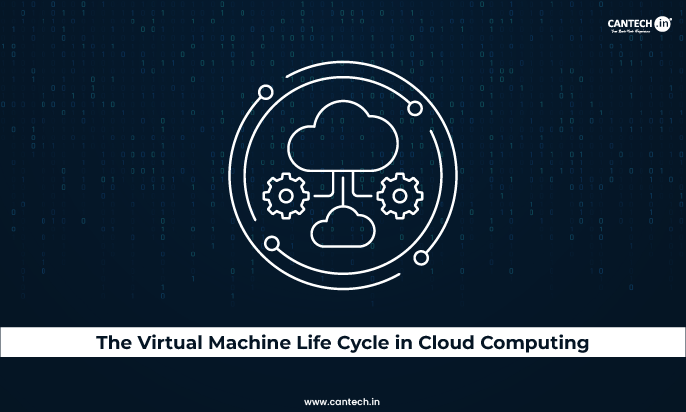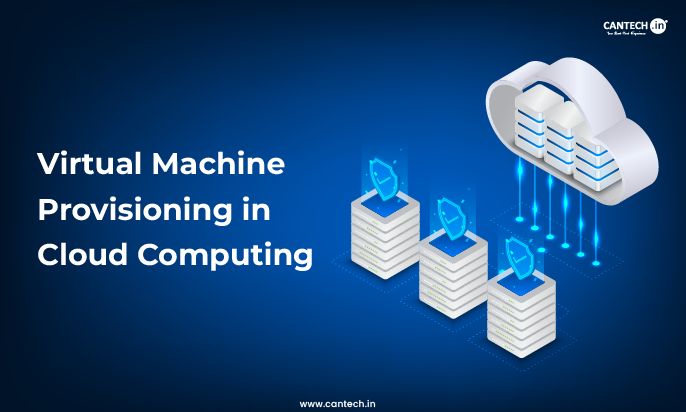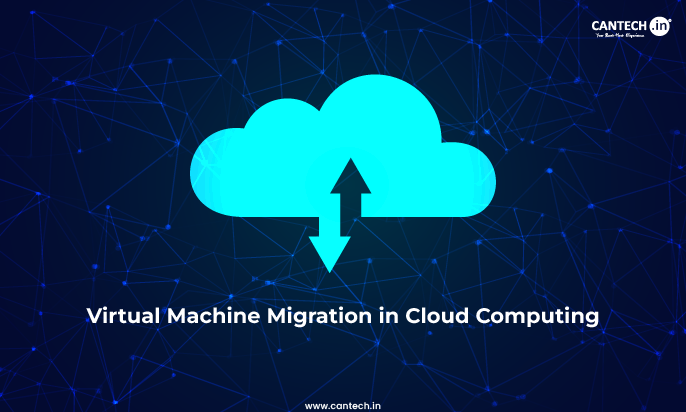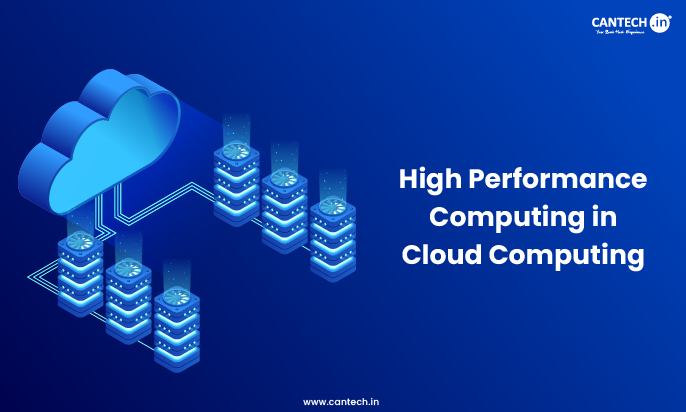Cloud computing has become the basis of how modern apps and businesses work online.
Understanding elasticity and scalability in cloud computing can help you choose the right cloud solutions for your business.
So, in this blog, we will talk about what these two concepts actually mean and their differences. We will discuss its key features and use-cases, too. Moreover, you will also get to debunk some misconceptions and common mistakes made with these terms.
What is Elasticity and Scalability in Cloud Computing?
Let’s start with Elasticity –
What is Elasticity in Cloud Computing?
It means the ability of your system to automatically increase or decrease resources (storage, RAM, or processing power) to meet the real-time fluctuations in your app or website. Thus, the main point of elasticity is to handle unexpected changes in user traffic.
Suppose you suddenly get a spike in users visiting your site. With Elasticity, your cloud provider can adjust the required infrastructure immediately so that your system does not crash.
This concept saves cost because you are not permanently running on maximum resources. You use more only when needed.
Key Features of Elasticity
- Automatic Resource Adjustment – The cloud system adds or removes computing resources based on traffic without any manual setup.
- Real-Time Scaling – Changes happen in seconds or minutes. This helps websites or apps stay responsive under sudden pressure.
- Pay-Per-Use Model – You only pay for what you use. During low traffic periods, resources drop, and so does your cost.
- Helps During Traffic Bursts – Let’s say an online sale or live event brings in extra users. Elasticity handles such short-term increases smoothly.
- Ideal for Dynamic Applications – For business models that are unpredictable and depend on market conditions, elasticity helps reduce infrastructure hassles.
What is Scalability, and its Types?What is
Scalability in cloud computing means the ability to grow your resources as your application or user base grows. It is more about long-term capacity planning than short-term reactions.
There are mainly three types of scalability that you should know when planning your cloud setup:
1. Vertical Scalability – It means increasing the capacity of a single resource. You do this by adding more CPU, RAM, or storage to an existing server or virtual machine.
2. Horizontal Scalability – It means increasing the number of resources. You add more servers or instances to handle the extra load. This type is common for web applications and microservices.
3. Diagonal Scalability – It is a mix of both vertical and horizontal scaling. First, the system increases resources on one machine. Then, when that’s not enough, it adds more machines.
Understanding Scalability’s Importance
Scalability is all about preparation and stability. For steady growth in your platform or user base, you need a system that can be expanded to support the expected changes in the future. Thus, scalability ensures your cloud infrastructure doesn’t become a bottleneck.
Key Features of Scalability
- Handles Long-Term Growth and Stability – As your app grows, scalability lets you add resources slowly and permanently to support more users and features. Also, it ensures that performance stays constant even when the load increases gradually.
- Manual or Planned Changes – Many times, engineers decide when and how much to scale based on monitoring.
- Used for Capacity Forecasting – Scalable infrastructure helps plan future business expansions or launches confidently.
How Elasticity and Scalability Work Together in Cloud Computing
Elasticity and scalability help cloud systems stay healthy. One handles short bursts of activity, the other supports slow and steady growth. Thus, elasticity is responsive and fast-acting, while scalability focuses on structure and long-term goals.
In cloud platforms like Cantech, AWS or Azure, these two often work side by side. An e-commerce platform can have auto-scaling features to deal with holiday sales (elasticity) and at the same time plan monthly upgrades to the database as its customer base increases (scalability).
Common Mistakes and Misconceptions While Choosing Between Elasticity and Scalability
Below are some of the essential aspects to keep in consideration –
- Not Studying Traffic Patterns – Elasticity is for traffic that goes up and down often. Scalability is for constant growth.
- Ignoring Cost Implications – Plan usage policies with your cloud provider. Elastic systems can get expensive if not monitored, and you might pay for too much scaling. Also, do not set up big, scalable systems before you have real users. That wastes money and effort. You can scale later.
- Skipping Cloud Provider Features – Cloud providers give native tools for auto-scaling, monitoring, and budgeting. Learn about these and use them well.
- Lack of Monitoring – Without monitoring tools, elasticity becomes risky. Your system may scale up or down incorrectly based on errors. Always track your cloud performance.
Common Misconceptions
- Elasticity Equals Scalability – Elasticity is about real-time adjustments, whereas scalability involves planned growth.
- Automatic Scaling is Always Best – Automatic scaling is beneficial for unpredictable workloads. However, it must be fine-tuned. If it is too aggressive, it may raise costs or disrupt service. Manual scaling may be more appropriate for predictable growth.
- More Resources Always Improve Performance – Adding resources without proper planning can lead to inefficiencies and increased costs.
- Setting up one and ignoring the other – Both may need to be part of your cloud setup.
- Not reviewing usage data – Cloud providers give you dashboards and reports. Check them to see if something needs fixing.
- Missing cost optimisation – Elasticity helps with cost-saving, but if scaling is not managed, you may spend unnecessarily on underused resources.
Use Cases of Elasticity and Scalability
Understanding your application’s workload patterns will help determine the appropriate strategy. Let’s go through various practical situations for better understanding –
- New Apps With Unpredictable Users
Launching a new app and unsure about how many people will come? Go for elasticity. It protects you from overloading.
- Growing SaaS Platforms
You have a steady customer base and need to keep adding users every month, so you need scalability.
- Seasonal E-Commerce Websites
Online stores that expect festival rushes need elasticity during those times. The rest of the year, they can stay minimal.
- Startups With Investor Support
A new platform with expected growth over a year – you can set up scalable backend systems from day one.
- Content Platforms (Videos, Articles)
News and media sites that go viral often need elasticity. They get traffic spikes without notice.
Difference Between Elasticity and Scalability
Let’s summarise what we discussed throughout the table of differences below –
| Feature | Elasticity | Scalability |
| Purpose | Adjust resources instantly based on demand, such as a sudden traffic spike or drop | Expand resources for future growth, business expansion, and steady traffic increase |
| Time Frame | Real-time or near real-time | Planned, long-term |
| Automation Level | Fully automatic in most cloud systems | Often manual or semi-automatic |
| Cost Impact | Saves cost during low usage | May increase cost over time |
| Setup Complexity | Simple to set up with cloud tools | Needs planning and monitoring |
| Use Case | Flash sales, viral content, short-term changes | App launches, business scaling, steady growth |
Read more about Difference between elasticity and scalability in cloud computing in detailed guide blog.
Conclusion
Elasticity and scalability in cloud computing are strategic tools. If you use them with understanding and planning, they can make your system strong and cost-effective. They help us be ready for any future changes.
Moreover, make sure you monitor your business needs before setting up any cloud infrastructure. Build what works for your goals.
Cantech offers the best cloud hosting services with excellent elasticity and scalability features.
Get in touch to know what your business needs!
FAQs
What is scalability and elasticity in cloud computing?
Scalability in cloud computing helps your system handle more users or data as your app or service grows steadily over time. On the other hand, Elasticity makes sure your resources increase or decrease automatically whenever there is a sudden change in usage or demand.
Can a cloud system be elastic but not scalable?
Yes, some systems can be set up to respond quickly to traffic, but they may not support planned long-term growth.
Can I switch between scalable and elastic systems later?
Yes, most platforms allow configuration changes. But it is better to plan ahead.
